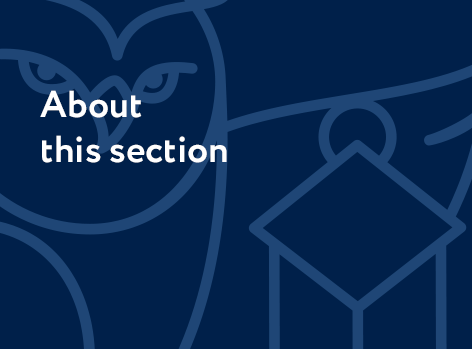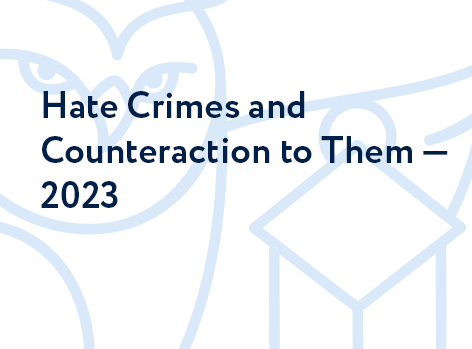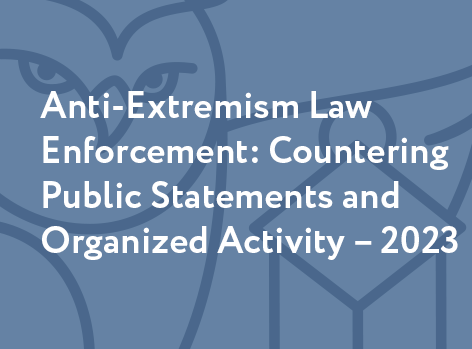The following is our monthly review of instances of xenophobia and radical nationalism, along with any government countermeasures, for December 2019, as well as a preliminary review of our findings for the year 2019 as a whole.
In December 2019, no fewer than three people were attacked, in St. Petersburg and the Altai and Khabarovsk Krais, in racist and other ideologically motivated incidents. As a whole, according to our data as of the end of December 2019, no fewer than 6 people were killed and another 39 injured, in 19 regions of Russia, in such incidents. A further two individuals received credible threats on their lives. We note that these and our data featured in this report are purely preliminary, and that therefore it would be premature to compare them with data reported for the year 2018.
We are not aware of any acts of desecration of religious or other symbolic buildings in December 2019, unless we count the two anonymous, fraudulent reports of the “mining” of the Christ the Savior Cathedral in Moscow. For the year 2019 in total, we recoded 19 incidents of ideologically motivated vandalism in 16 regions of Russia.
Public nationalist activity was diverse in December, though the actual number of events was low.
On December 8, in Moscow, members of the Nation and Freedom Committee (KNS) led their traditional action “In Memory of Egor Svidirov and Those Killed at the Hands of Ethnic Crime.” The action drew six people.
Also this month, the KNS and the Association of National Resistance (ANS) participated in pickets in solidarity with those they refer to as “prisoners of conscience.” Among the pickets in support of “their own” were Black Bloc leader Vladimir Ratnikov, activists from the Artpodgotovka group Vlad Mordasov and Yana Sidorova, who picketed around the Kuntsevsky District court and Moscow City court, where the protesters had been tried on July 27, 2019.
On December 5, the Third Alternative (also known as the Right Bloc) led one-man pickets in defense of Mark Galperin, who was convicted in March 2018 of online public calls to extremist activities and sentenced to a conditional two-year term. The pickets were held in connection with the December 4 decision of the Reutov City Court to replace Galperin’s suspended sentence with an eighteen-month term in a minimum-security penal colony.
A few nationalists tried to participate in local elections in the Russian regions on December 22, 2019. Former Rodina (‘motherland’) Party activist Alexander Bosykh unsuccessfully campaigned as a United Russia candidate for election to the deputies’ council of the Leninsky City District of the Moscow region. Meanwhile Oleg Chekashkin, convicted in 2011 in connection with a racist group attack on Central Asia migrants, ran for the same seat as the candidate from A Just Russia Party, but was removed from the campaign for failing to mention his a criminal record, and for illegal campaign activities online.
There were also two nationalist unification events held in December. On December 21 in Moscow, the Third Alternative and the Institute of National Politics (of Ivan Beletsky) held a forum on “Civil Solidarity.” The next day, a forum entitled “Right Russia 2020” and positioned as a space for dialogue and unity was held in the press center of Izmailovo hotel in Moscow. The forums drew a number of representatives of small groups: Georgy Borovikov (Pamyat National-Patriotic Front), Liudmila Rastogueva (head of the movement “For Rus” of Voronezh), Alexander Shtilmark (of the Black Hundred), Egor Skhodtsev (of the movement For the Removal of Lenin from the Mausoleum), Sergei Zaitsev (of the People’s Call), Alexander Amelin (of the National-Conservative Movement), Alexander Ivanov-Sukharevsky, Viktoria Russkaya, Anastasia Ivanova (head of the Legacy of Crimea charity fund) and Alexander Semipyatnov (head of the Right Center movement).
We are not aware of any rulings in respect of xenophobia-motivated violence or vandalism delivered in December 2019. In all for the year, Russian courts delivered convictions in seven cases of such violence, which considered hatred as a motive, against 18 individuals in seven regions of the country. Meanwhile there were two convictions on the basis of similarly motivated vandalism, against six individuals – both of them in Perm.
Five people were convicted in December 2019, in five cases in as many regions of Russia, on the basis of xenophobic statements. Four of these individuals were tried under Article 280 of the Criminal Code (public calls to extremist activity) in light of social network posts featuring xenophobic pictures and commentaries, including for example calls to deport from Russia “Jews, Chinese, natives of the Northern Caucasus and Central Asia.” Meanwhile the fifth individual – a prisoner in a penal colony in the Tver Region – was charged under Part 1 of Article 205.2 of the Criminal Code (public calls to terrorist activity) following attempts “to form, from the prisoner population, an extremist cell adhering to a terrorist ideology.” Unfortunately, we do not have a way to determine the size of this individual’s audience, and therefore to judge the legitimacy of his prosecution.
Since the beginning of 2019, we are aware of 97 convictions for one or another type of “extremist statements,” primarily in the form of incitement to ethnic or religious hostility, in 48 regions and in respect of 106 individuals. However, the real number is twice that, as according to Supreme Court data, no fewer than 115 individuals were convicted in only the first half of 2019.
The Federal List of Extremist Materials was updated twice in December 2019, on December 9 and 24, adding entries 5000-5004. The new entries include the latest book by Boris Stomakhin, former editor of the Radical Politics bulletin (who in December also filed for asylum in Ukraine); a video clip featuring calls to “jihad;” a Nazi skinhead video clip; antisemitic video clips from the Course of Truth and Unity movement (also known as the Conceptual Party of Unity or KPE). In the year 2019, the Federal List of Extremist Materials was updated 26 times and expanded from 4811 to 5004 entries. The addition of 193 items in 2019 is considerably less than the 466 new additions in the year 2018.
No fewer than eight individuals were charged in December under Article 20.3.1 of the Code of Administrative Offenses (incitement to national hatred), formerly Part 1 of Article 282 of the Criminal Code. Five of these individuals were fined in amounts ranging from 10,000 to 40,000 rubles (approx. USD160 to USD650) for xenophobic comments calling for attacks on or deportation of Roma people, natives of the Caucasus and Russians, as well as executions of prisoners. One individual was sentenced to community service on the basis of antisemitic images posted to social media. Another individual, in Nizhny Novgorod, was detained for seven days on the basis of misogynistic posts in the VKontkate group Antifeminist Left Front.
According to our data, in December, no fewer than seven individuals were fined under Article 20.29 of the Code of Administrative Offenses (production and distribution of banned materials). Each of them were sanctioned on the basis of social media re-posts featuring materials that had been included in the Federal List of Extremist Materials, including songs by the neo-Nazi group Kolovrat, as well as a video clip of a speech entitled “Russia for Russians” by LDPR leader Vladimir Zhirinovsky.
We also note 15 administrative offenses recorded under Article 20.3 of the Code of Administrative Offenses (propaganda and public demonstration of Nazi symbols and symbols of banned organizations) in December. Four individuals were fined for the social media publication (primarily on VKontakte) of Nazi symbols and symbols of ISIS, which is a banned organization in Russia. Three individuals were sanctioned on the basis of swastika tattoos. One of them posted photos on VKontakte and Odnoklassniki showing a banned symbol tattooed onto his face. The owner of a Moscow tattoo parlor was fined 18 times on the basis of systematic posting of his tattoos and accessories featuring swastikas, Death’s Heads, runes and other Nazi symbols on VKontakte. Meanwhile a prisoner in the notorious Black Dolphin prison in the Orenburg Region was fined on the basis of swastika tattoos on both shoulders. Additionally, a resident of the Amur Region was sanctioned on the basis of various graffiti on his apartment building, including slogans such as “Only White,” “Totenkopf,” “Say no to Communism and Judaism in Russia,” “For Rus” and “Achtungjuden.”
Our data are reported without regard to court decisions which we consider to be patently improper. Unfortunately, our data, especially with respect to violations and sanctions under the Code of Administrative Offenses, are incomplete.



